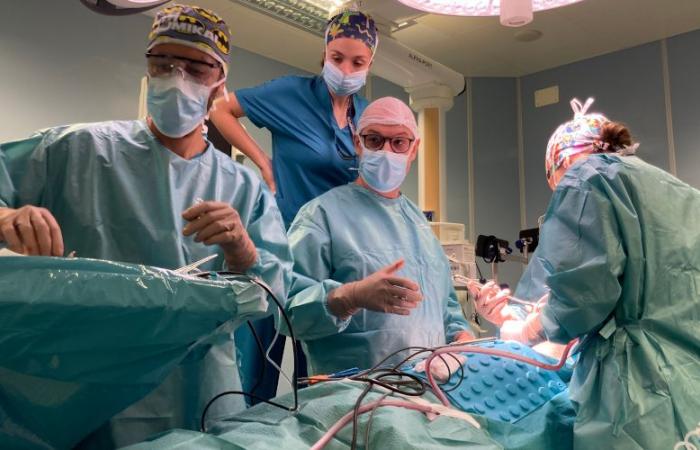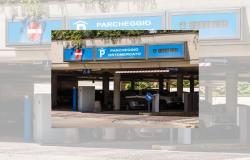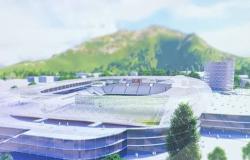A few days ago, at the Cremona hospital, a delicate orthognathic surgery operation was performed for the first time, a specialized branch of maxillofacial surgery, which deals with the realignment of the mandible and maxilla in the case of malformations.
Nicola Perderneschi (maxillofacial surgeon) operated on a 33 year old man who had a very backward jaw, due to a serious developmental abnormality of the jaw boneswith important functional and aesthetic consequences.
A CENTIMETRE THAT MAKES THE DIFFERENCE
“The patient had a gap of about one centimeter between the upper and lower dental arches,” explains Pederneschi. “This condition, probably due to genetic causes, caused several problems for him, including poor occlusion of the mouth with effects on chewing, dental health (caries, fractures) and breathing. The aesthetic component (dysmorphia) should not be underestimated, in this case relevant to the balance of the face. The surgery served to compensate for the defect.”
INTERVENE AT THE RIGHT TIME
Mandibular retrognathia (returned jaw) depends on an anomalous and uneven development of the bones which ends around the age of eighteen: “It is only from this moment that a corrective and decisive intervention can be carried out” specifies Pederneschi. “To face this type of surgery, accurate pre-operative orthodontic preparation is necessary, which can last, depending on the case, from twelve to twenty-four months. With the aim of guaranteeing an optimal result, the orthodontist and the maxillofacial surgeon work together from the moment of taking charge of the patient to determine the ideal position of the maxilla and mandible. The collaboration also continues post-surgery to re-educate the facial muscles in the chewing movement. Overall, it can take three years.”
NO SCARS IN VIEW
Once the anatomy study and patient preparation are complete, the procedure is performed under general anesthesia and consists of making cuts (osteotomies) and movements of the mandible in order to reposition it harmoniously with the maxilla. The mandible is then “secured” through the positioning of titanium plates and screws. “An aspect not to be underestimated,” adds Pederneschi, “is that this method leaves no visible scars because it is performed inside the mouth.”
A TEAM WORK
In the operating room with Pederneschi there were two surgeons from the neuroscience department, Emanuele Stucchi e Camilla Dosiothe anesthetist Alexander Freedthe intern Mark Moschinothe instrumental nurses Michela Corbani e Gaetano Santarcangelo and the anesthesia and resuscitation nurse, Anna Manotti.
MORE THAN 300 INTERVENTIONS IN TWO AND A HALF YEARS
The maxillofacial surgery service is part of the neuroscience department directed by Antonio Fioravanti, who comments with satisfaction: “The Cremona hospital has been enriched with this specialty for over two years. An important added value if we consider that Dr. Pederneschi, in collaboration with the other ENT and neurosurgery teams, has to date performed over 300 operations for traumatic injuries, neoplasms of the jaw bones and other pathologies of the maxillary sinuses”.
INFORMATION
The maxillofacial surgery clinic is located on the 5th floor on the left side of the Cremona Hospital; it is active on Tuesday afternoons and Thursday mornings. Reservations in person at the Cup counters or by calling the Regional Contact Center (800 638 638 from a landline or 02 99 95 99 from a mobile network). The referral from the attending physician is important.
© All rights reserved








